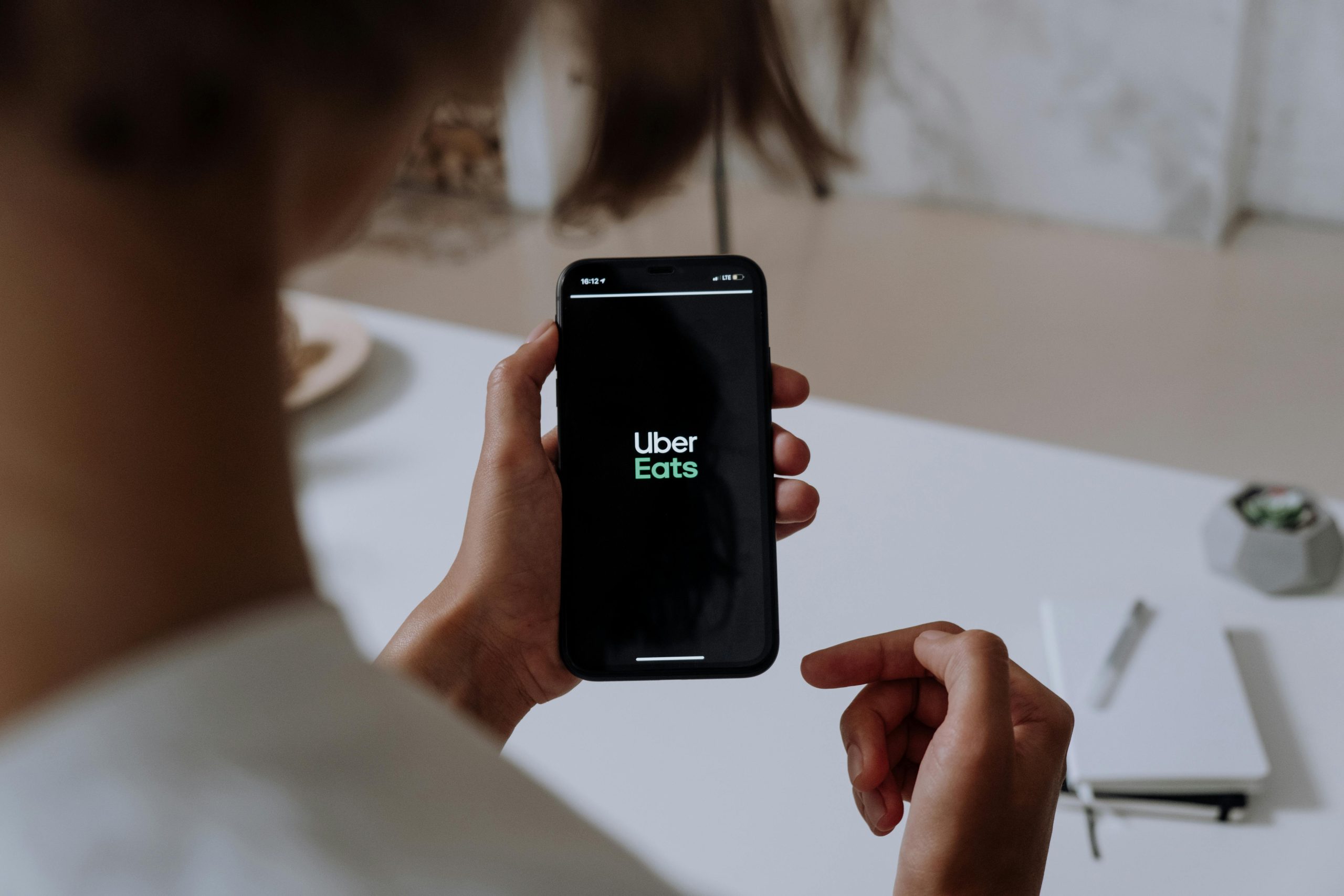Food delivery apps like DoorDash, Uber Eats, and Grubhub offer incredible convenience. With just a few taps, restaurant meals arrive at your doorstep, saving cooking time and effort. This ease of use has made them incredibly popular, especially for busy individuals and families. However, relying heavily and frequently on these services has potential downsides that often go unnoticed amidst the convenience. There are compelling reasons to reconsider frequent food delivery app usage, from hidden costs to impacts on restaurants and health. Here are nine potential drawbacks.

Image Source: Pexels
1. Significantly Inflated Menu Prices
Restaurants often list higher prices on delivery apps compared to their in-house menus. They do this to offset the substantial commission fees (sometimes up to 30% or more) charged by the delivery platforms. This means the food itself costs you more *before* any delivery fees or tips are even added. You might be paying a significant markup for the exact same meal simply because you ordered it through the app instead of dining in or picking it up directly from the restaurant. Always compare app prices to menu prices.
2. Accumulation of Numerous Fees
The final cost on a food delivery app rarely matches the menu prices. On top of potential menu inflation, you typically pay a delivery fee (which fluctuates based on distance and demand), a service fee (often a percentage of the subtotal), and sometimes a small order fee if your total is below a certain threshold. These multiple fees can add a substantial amount, often $5 to $15 or more, to every single order. Frequent use means these fees accumulate quickly, making delivery significantly more expensive than cooking or pickup.
3. Financial Pressure on Local Restaurants
While delivery apps provide visibility and sales channels, the high commission fees they charge cut deeply into restaurants’ already slim profit margins. Many independent restaurants feel pressured to use the apps to stay competitive, but struggle financially due to the fees. Frequent reliance on third-party apps, instead of ordering directly from the restaurant for pickup (or using their own in-house delivery if available), means less of your money supports the actual local business you enjoy.
4. Potential for Lower Food Quality and Temperature Issues
Food quality can suffer during the delivery process. Items might sit waiting for a driver, get cold during transit, or become soggy from steam trapped in containers. Fries lose their crispness, textures change, and hot food arrives lukewarm. While restaurants and drivers aim for quality, the time lag and transport conditions inherent in delivery mean the food is rarely as fresh or appealing as when served immediately in the restaurant or picked up promptly yourself.
5. Concerns About Gig Worker Pay and Conditions

Image Source: Pexels
Delivery drivers for these apps operate as independent contractors, often facing challenges like low base pay (relying heavily on tips), lack of benefits (health insurance, paid time off), vehicle wear and tear, and unpredictable earnings based on fluctuating demand and algorithms. Ethical concerns exist regarding the sustainability and fairness of this gig work model. While providing flexible work for some, the system’s impact on driver well-being and financial stability is a debated downside for consumers mindful of labor practices.
6. Significant Environmental Impact
Food delivery contributes to environmental concerns. Each order typically involves single-use containers (often plastic), disposable utensils, napkins, and bags, generating considerable packaging waste. Additionally, the transportation involved, often individual car trips for single orders, adds to traffic congestion and carbon emissions compared to consolidating trips for grocery shopping or dining out less frequently. Frequent delivery increases the overall environmental footprint associated with your meals.
7. May Encourage Less Healthy Eating Habits
The sheer convenience of ordering restaurant food with a few taps can make it easy to rely on takeout more often than planned. Restaurant meals, particularly fast food or comfort food options popular on apps, tend to be higher in calories, sodium, unhealthy fats, and portion sizes compared to home-cooked meals. Frequent reliance on delivery apps can subtly shift eating habits towards less nutritious options, potentially impacting long-term health and weight management goals.
8. Difficulty Resolving Order Errors or Issues
When problems arise – missing items, incorrect orders, poor food quality – resolving issues through a third-party app can be frustrating. Communication often goes through the app’s customer service channels rather than directly with the restaurant. Getting refunds or corrections might involve navigating automated systems or waiting for responses. It lacks the immediacy and direct accountability of addressing an issue face-to-face at the restaurant or via a direct phone call for pickup orders.
9. Reduces Connection to Local Restaurants and Community
Constantly ordering through apps can diminish the sense of connection to local restaurants and the community. Dining in or picking up directly allows for interaction with staff, experiencing the restaurant’s atmosphere, and feeling more connected to the local businesses you support. Relying solely on faceless app transactions removes this personal element. Supporting local eateries directly helps maintain the vibrant fabric of your neighborhood in a way that third-party platforms cannot replicate.
Mindful Use Over Habitual Reliance
Food delivery apps offer undeniable convenience in our busy world. However, frequent reliance comes with significant downsides: higher costs due to inflated prices and numerous fees, financial strain on restaurants, potential food quality issues, concerns about gig worker conditions and environmental impact, and potential negative effects on health and community connection. Using these services occasionally for true convenience makes sense. But reconsidering habitual, frequent use in favor of cooking, meal planning, or direct pickup often leads to better value, quality, health, and community support.
How often do you use food delivery apps? Have you noticed these downsides, or do you find that the convenience outweighs them? Share your perspective on food delivery services below!
Read More
8 Foods to Be Cautious About Ordering Via Grocery Delivery Services


